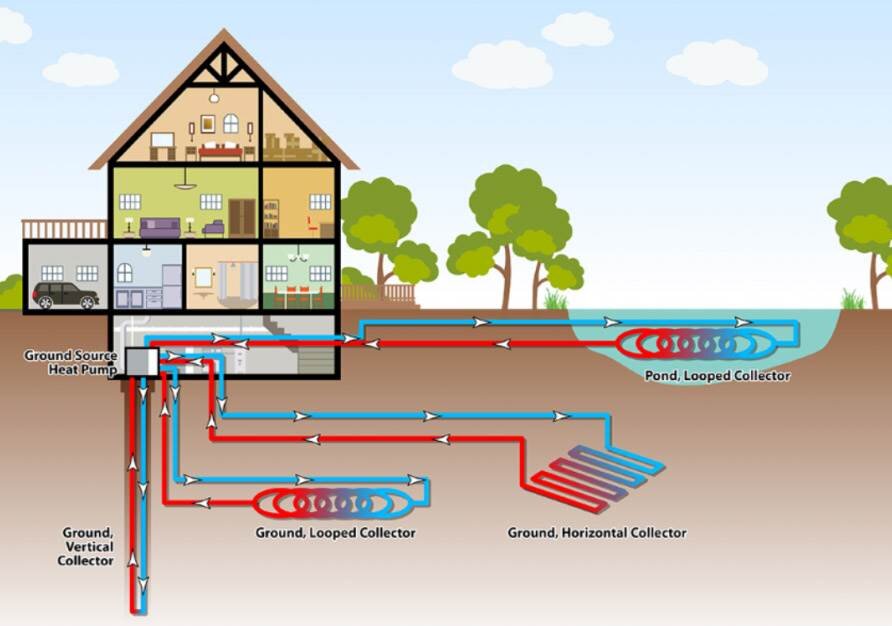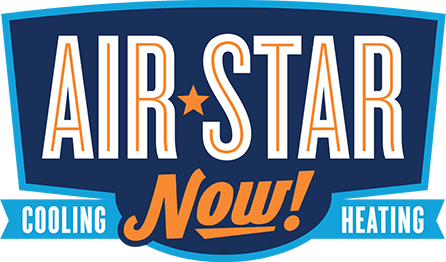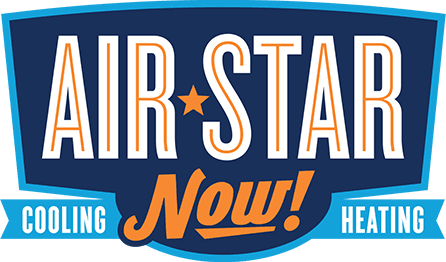
A water-source heat pump (WSHP) AC, also known as a water-to-air heat pump, is a type of heating and cooling system that uses water as a medium to transfer heat. It operates based on the principles of heat exchange and is designed to provide both heating and cooling for buildings.
Here's how it works:
Heat Exchange: The WSHP system utilizes the relatively stable temperature of water sources, such as a lake, river, well, or underground aquifer. Water is a better conductor of heat compared to air, which allows for efficient heat exchange.
Heating Mode: During the heating mode, the heat pump extracts heat from the water source and transfers it to the building's interior. This process is achieved through a refrigerant cycle, where the refrigerant evaporates, absorbs heat, and then condenses to release the heat indoors.
Cooling Mode: In the cooling mode, the WSHP works similarly to an air conditioner. It extracts heat from indoor air and transfers it to the water source. The heat is released into the water, and the cooled air is circulated throughout the building.
Advantages of a water-source heat pump AC include:
- Energy Efficiency: Water is a more efficient heat transfer medium compared to air, making WSHPs more energy-efficient.
- Stable Performance: The temperature of water sources is relatively stable year-round, which can lead to consistent heating and cooling performance.
- Zoning Capability: WSHPs can be designed for individual zoning, allowing different areas of a building to be heated or cooled independently.
- Lower Operating Costs: Due to their efficiency, WSHPs can lead to lower energy bills compared to traditional heating and cooling systems.
- Environmental Benefits: Water-source heat pumps have a lower environmental impact as they use renewable energy sources and have reduced greenhouse gas emissions.
However, there are some considerations:
- Installation Cost: Installing a WSHP system can be more expensive initially due to the need for water source infrastructure.
- Water Availability: The availability and quality of water sources can affect the feasibility of using a WSHP system.
- Maintenance: Regular maintenance of the water source, heat exchangers, and pumps is required to ensure efficient operation.
Overall, a water-source heat pump AC offers an efficient and eco-friendly way to heat and cool buildings by utilizing the heat exchange properties of water.
help your system last longer with a soft starter from Micro-Air
A soft start, also known as a soft starter, is an electrical device that helps to gradually start the motor of an air conditioning (AC) unit or other electrical equipment. It reduces the initial current surge that occurs when a motor starts up. This current surge, often referred to as "inrush current," can be several times higher than the normal operating current of the motor. Here's how a soft start can benefit your AC:
Reduced Stress on Components: The initial surge of current during motor startup can put stress on various components of the AC system, including the compressor and electrical circuits. A soft start helps to gradually ramp up the voltage to the motor, reducing the mechanical and electrical stress on these components.
Extended Lifespan: By minimizing the mechanical and electrical stress during startup, a soft start can extend the lifespan of your AC unit. Components like the compressor and motor will experience less wear and tear, leading to potentially fewer breakdowns and the need for replacements.

